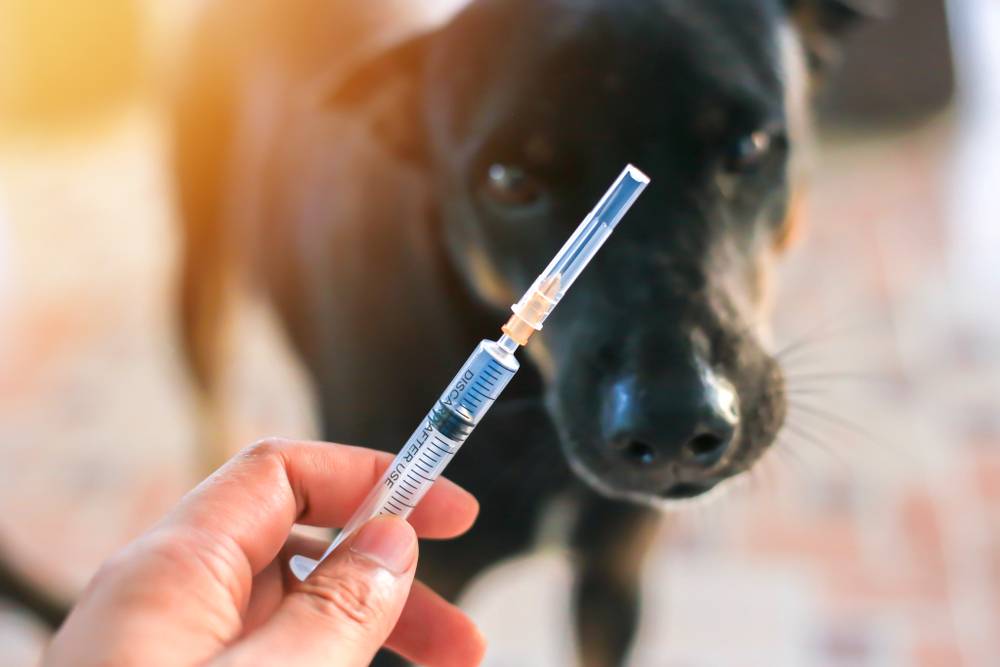While man’s best friend brings joy and companionship to millions, dog bites pose a significant health risk, especially in Asia, where stray dogs and inadequate vaccination programmes contribute to a higher prevalence of rabies.
In this article, we’ll explore the dangers associated with dog bites, such as rabies and other infections, and provide practical advice on bite prevention and post-bite care.
Rabies: A Deadly Reality
Rabies, a viral infection affecting the nervous system, is transmitted primarily through the saliva of infected animals, such as dogs. According to the World Health Organisation (WHO), Asia accounts for over 80% of the estimated 59,000 annual rabies-related deaths worldwide.
Is Rabies Dangerous?
Early symptoms include fever, headache, and general weakness, progressing to anxiety, hallucinations, and paralysis before proving fatal. Immediate medical attention is crucial following a bite from a potentially rabid dog. If left untreated, the infection progresses rapidly, leading to paralysis, hallucinations, and ultimately death. Early intervention with post-exposure prophylaxis is crucial to prevent the onset of symptoms and improve the chances of survival. Therefore, raising awareness about rabies prevention and the importance of timely treatment is vital for safeguarding public health.
Preventing Dog Bites: Awareness and Education
Understanding canine behaviour and exercising caution around unfamiliar dogs are essential for preventing dog bites. Avoid approaching dogs while they’re eating or sleeping, and never leave young children unsupervised with dogs. Teaching children to ask permission before petting a dog and to avoid making sudden movements or loud noises around them can also help minimise bite risk.
Post-Bite Care: Cleaning and Treatment
If bitten, it’s important to clean the wound immediately with soap and water to reduce the risk of infection. Seek medical attention, particularly if the dog’s rabies vaccination status is unknown, the bite is deep or severe, or signs of infection are present. Healthcare professionals may administer a tetanus booster, prescribe antibiotics, or, in the case of potential rabies exposure, provide post-exposure prophylaxis (PEP) treatment.
Rabies Vaccination: A Life-saving Measure
Ensuring pets receive regular rabies vaccinations is vital for both their safety and the safety of the community. In Asia, mass dog vaccination campaigns have proven successful in reducing rabies transmission. The WHO advocates for vaccinating at least 70% of the dog population to achieve herd immunity and eventually eliminate rabies.
Stray Dog Management: A Community Effort
Stray dog populations contribute significantly to the spread of rabies in Asia. Community-based programmes focused on spaying, neutering, and vaccinating stray dogs can help control their numbers and reduce the risk of rabies transmission. Additionally, responsible pet ownership and public education play crucial roles in mitigating the issue.
Conclusion: Nipping the Problem in the Bud
Dog bites present a serious health concern in Asia, with rabies being the most severe consequence. Awareness, prevention, and immediate post-bite care are vital in reducing the risk of infection and fatalities. Vaccination programmes for both pets and stray dogs, combined with community efforts and education, are key to tackling the problem and safeguarding public health.

